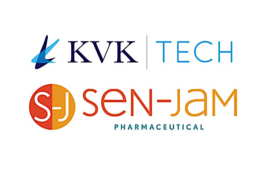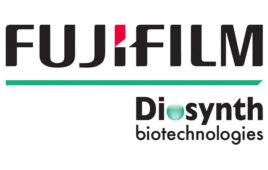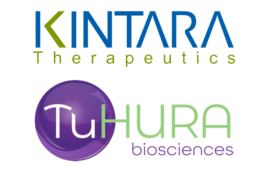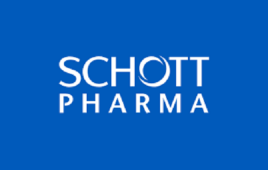
As I
mentioned in my last post in this space (July 27, 2010), a new European
Medicines Agency (EMA) Guideline
on the Investigation of Bioequivalence went into effect August 1st
and includes a section on biowaivers based on the Biopharmaceutics
Classification System (BCS). The BCS is
a regulatory framework through which immediate-release solid formulations of
drugs (new formulations, generics, etc.) are eligible for waivers of clinical
bioequivalence studies if they are well-absorbed (or, as a surrogate, more
permeable in a validated in vitro
test system than a high permeability internal standard) and highly soluble. The EMA criteria for BCS-based biowaivers are
slightly less stringent than those of the US FDA. For example, an API is eligible for a
biowaiver in Europe with ≥ 85% absorption in humans (vs. ≥ 90% in the US) and
high solubility across the range of pH values from 1 to 6.8 (vs. pH 1 to 7.5 in
the US). In the EMA guideline,
solubility is more important than permeability and in vitro permeability data is accepted only in support of clinical
data. In the US, at least, BCS-based biowaivers
are a popular regulatory pathway, particularly among generic drug developers.
The new
guideline was the centerpiece of the IQPC Conference on Bioavailability and
Bioequivalence in Munich
October 25-27. European drug regulators
shared their perspectives and experience, as did representatives of several
drug and biologics companies as well as one preclinical contract research
organization, Absorption Systems, which has considerable experience with in vitro studies in support of BCS-based
biowaivers.
Speaking of
generics, a surprising statistic was reported in August on PharmTech.com,
based on figures released by the EMA: through July, the number of generic drug
applications submitted to the agency was down considerably compared with 2009
and 2008. Through July, a total of only
9 generic drug applications had been started and 12 finalized, compared with 38
and 51, respectively, for all of 2009.
In 2008, the numbers were 30 started and 4 finalized. The figures were published without comment,
pending analysis and interpretation in the EMA’s annual reports.
How to
account for only 9 applications started in the first seven months of 2010? Patent expirations, healthcare costs, and
World Health Organization advocacy to get cheaper drugs to patients in the
developing world are all issues that have been in the news this year. Yet generic drug submissions to the EMA are
down substantially. I am not aware of
corresponding data for US FDA generic drug submissions, but I wonder if a
similar trend is seen there.
Perhaps
generic drug companies were waiting for the new EMA bioequivalence guideline to
go into effect, in which case we should expect a burst of activity in the
second half of the year. Or maybe it’s
because the new guideline explicitly states that it “does not cover aspects
related to generic substitution as this is subject to national regulation.” I was hoping to have a comment from the
European Generics Medicine Association or the EMA but have not received a
response to my inquiries. If you have an
explanation, please enlighten me!
Chris Bode, Ph.D., is the Vice
President, Corporate Development of Absorption Systems (http://www.absorption.com). He can be
reached at 610-280-1451 or via email at cbode@absorption.com.




